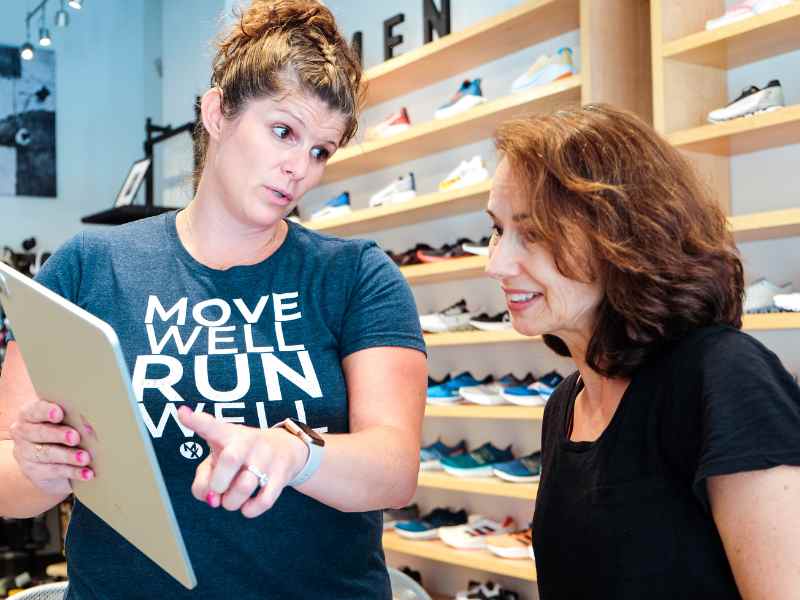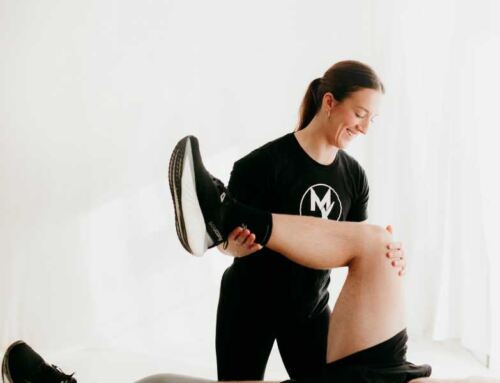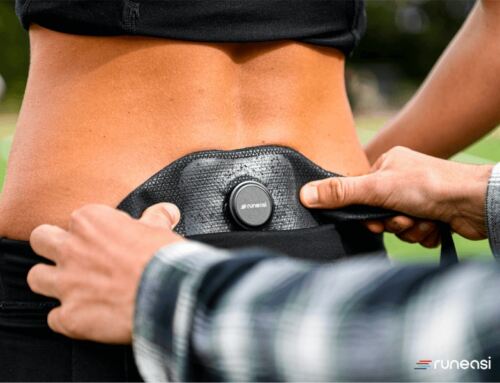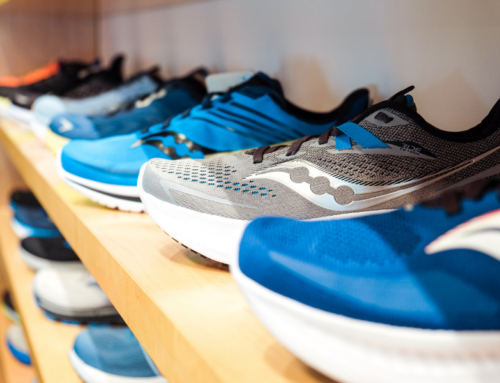If you’re training for a marathon and heel pain starts showing up on your runs, especially the longer ones, you’re not alone. Many runners experience this exact issue. That nagging ache under your heel can be frustrating, especially when you’re putting in the miles with purpose. You’re chasing a goal: to cross that finish line strong, and now every step is a reminder that something’s off.
The good news?
There’s a path forward that keeps you running, protects your progress, and helps you cross the finish line without pain. If heel pain is starting to get in your way, it might be time to listen to your body and work with someone who can help you stay on track without pushing through the pain.
What It Feels Like to Run Without Heel Pain
Imagine finishing a long run and waking up the next morning feeling strong and not stiff. You roll out of bed, plant your feet, and walk comfortably across the room. Your training plan is back on track, your feet are holding up, and you’re more confident than ever heading into race day.
It’s completely doable with the right approach.
What’s causing your heel pain?
The most common cause is something called plantar fasciitis, an overuse injury involving irritation of the thick tissue that runs along the bottom of your foot. This tissue helps support your arch and absorb shock while running. When it gets overstressed, it can lead to a stabbing or aching sensation in the heel, especially during your first few steps in the morning or after sitting for a while.
But plantar fasciitis isn’t the only possible issue. Other causes of heel pain include:
- Achilles tendon irritation
- Nerve irritation
- Chronic conditions (like inflammatory disorders)
- Thin or worn-out fat pads under the heel
Why Runners Get Stuck with Heel Pain (and How to Fix It)
Let’s get clinical for a moment.
When working with runners, it’s important to take a full-body approach. It’s not just about where the pain is—it’s about why it started and what’s keeping it around. Here’s what to look for:
- Training load: Rapid mileage increases, not enough recovery time, or consistently pushing long runs without enough support.
- Footwear: Worn-out shoes, or switching to a new pair without easing into them.
- Ankle mobility & calf strength: Limited dorsiflexion or weak calves can lead to poor shock absorption.
- Foot mechanics: Things like arch posture, foot intrinsic strength, and even how your calf muscles are firing.
- Hip and core control: Weakness or poor control at the hips can change how your foot strikes the ground.
- Gait analysis: Sometimes, subtle running mechanics can overload the plantar fascia without you realizing it.
Should I Just Use Inserts?
Orthotics, or shoe inserts, are sometimes used to help manage heel pain. While they can provide short-term relief by supporting the arch and offloading stress on the plantar fascia, research suggests that they’re most effective when used alongside other interventions – not as a standalone solution.
Over-the-counter inserts are often just as helpful as those expensive custom options, especially when paired with a treatment plan that includes stretching, strengthening, and activity modifications. Inserts can be a useful tool, but they shouldn’t replace addressing the underlying movement or training issues that caused the pain in the first place.
Common Mistakes That Keep Heel Pain Around
- Ignoring pain and “running through it”
- Skipping strength training and relying only on running
- Not rotating or updating running shoes
- Pushing volume too fast without adequate recovery
Heel pain often shows up when your training, footwear, or recovery routine doesn’t quite match what your body can currently handle.
Pro Tip: Most running shoes have a lifespan of around 300 to 500 miles. Logging your mileage can help you time your next pair before your body starts to feel it.
“I tried calf raises but it still hurts… Now what?”
If you tried a bunch of exercises and still can’t run to your best ability… Maybe it’s time to get some expert eyes on you. You don’t need a generic plan, you need one that fits your training schedule, goals, and history.

What Treatment Looks Like
Whether you’re 12 weeks out or tapering, treatment doesn’t mean stopping. The goal is to keep you running while managing pain and building long-term resilience. That often includes:
- Full body assessment of how you move and run
- A progressive strength program of the glutes, core, calf and ankle, and even those muscles in your toes!
- Taping, dry needling, and night splints to reduce pain and keep you in your training
- Gradual running progressions planning to avoid overload
- Plyometrics & single leg motor control drills to improve efficiency
- Gradual running progressions planning to avoid overload
Sometimes just making a few smart changes can mean the difference between finishing your race strong or having to pull out before you even get to the line.
About the Author
Dr. Cesar Laboy is a physical therapist serving the DMV area and specializing in treating runners, weight lifters, athletes, busy professionals, active adults, and post-operative patients. He is passionate about utilizing 1-on-1 individualized care to support his patients and ensuring his clients have a convenient and efficient PT experience.









